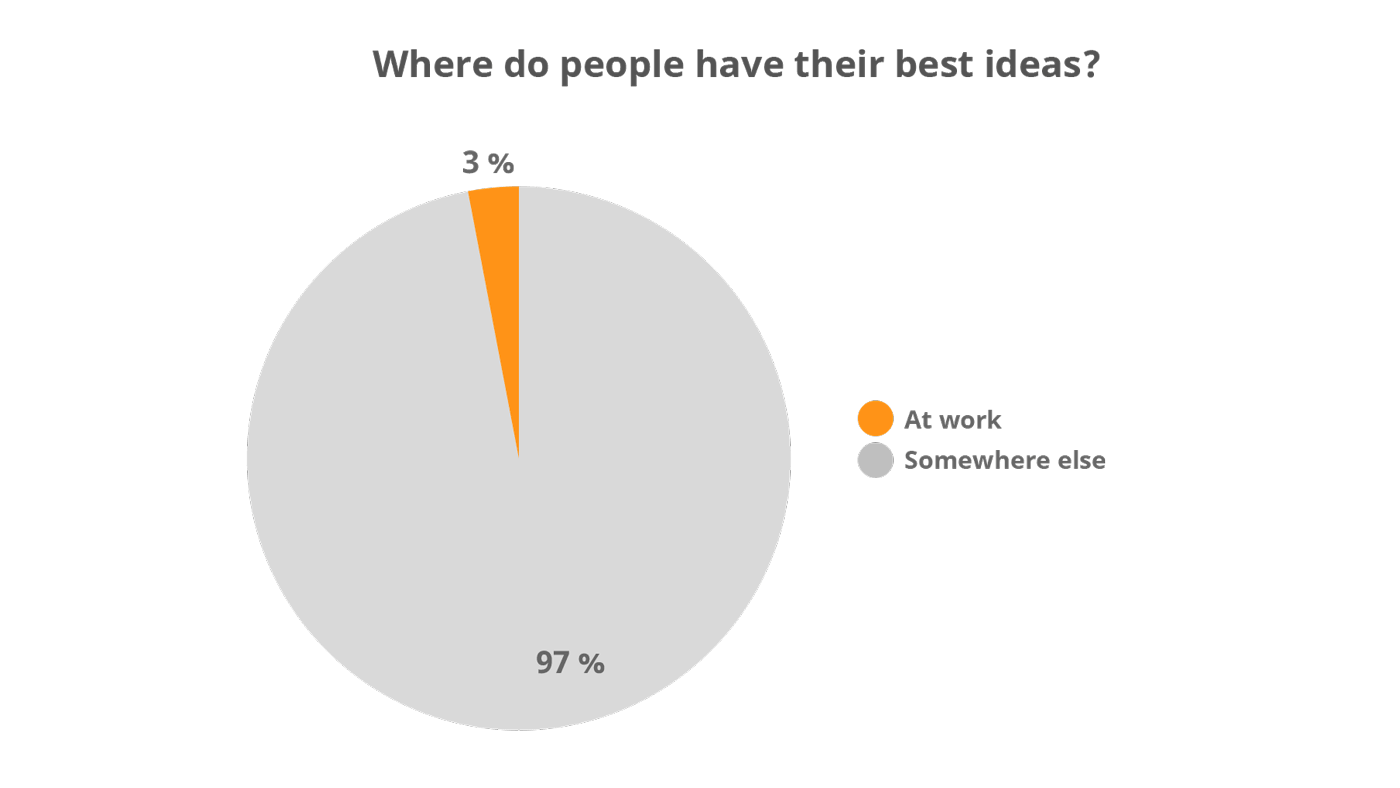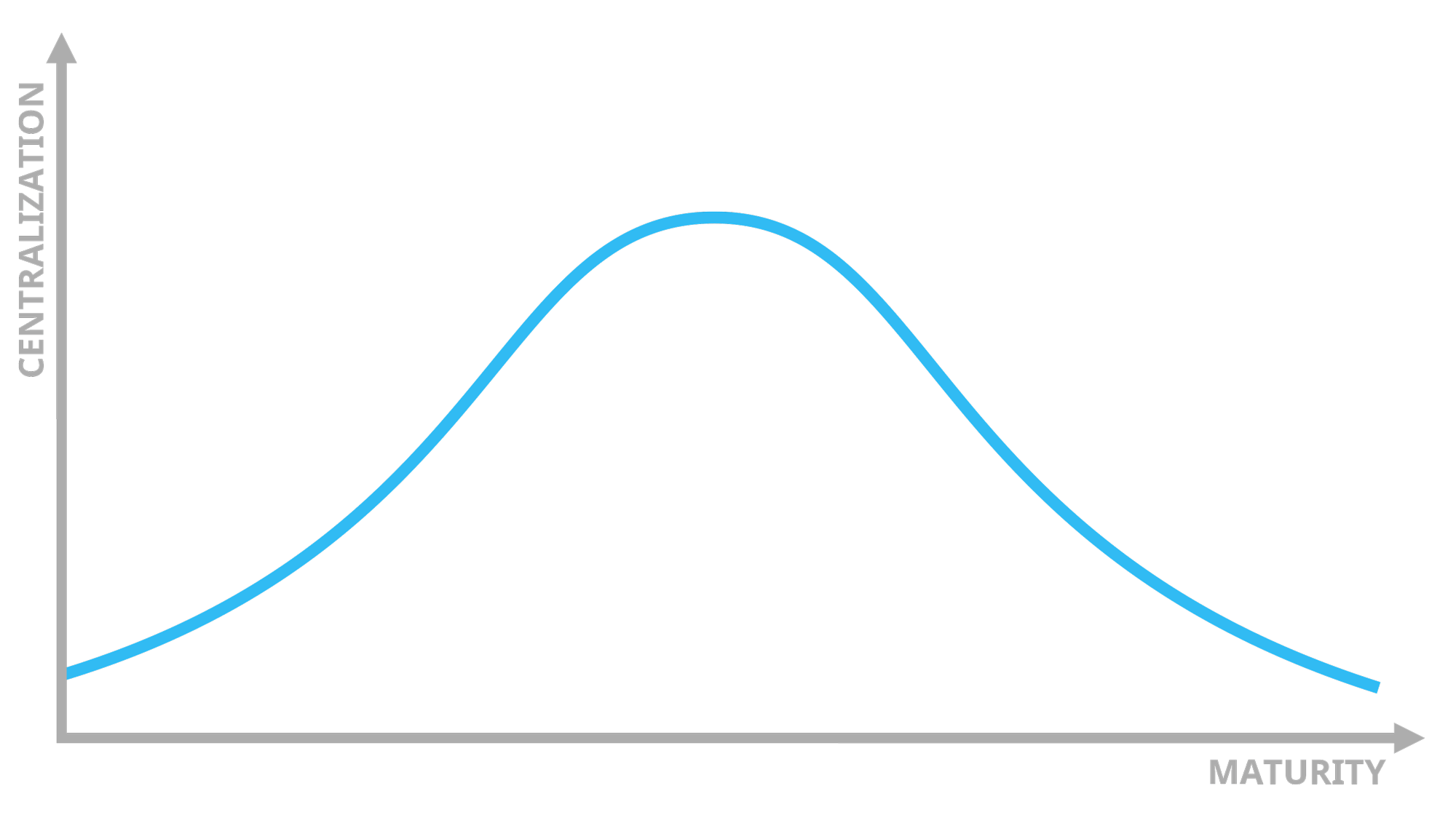The Value of Frontline Employees’ Ideas & Insights
Every now and then, we come across people and organizations that don’t see value in asking their front-line employees for ideas.
There are a few very common reasons for thinking that it just doesn’t make sense.
The time employees spend ideating is all away from productive work. Front liners might not be that interested in the company to even take the time to do that, and even if they did, surely the ideas they come up with wouldn’t be very creative or valuable, they are after all “just customer service agents, sales reps, mechanics, nurses, etc.”. What’s more, someone would have to take the time to ask for and analyze those ideas, and there’s an opportunity cost for that too.
While on the surface, some of these statements do certainly make sense, they are missing the big picture. There are very few things leaders and managers can do to drive more value than ask frontline employees for insights, ideas, and feedback.
Let’s dig a bit deeper into each of these arguments to see why that is the case.

Table of contents
Loss of productive work time
The first and most obvious argument is that coming up with and submitting ideas takes time, and that time would be away from productive work that employee could otherwise have done.
There certainly is some truth to that. The ideation workshops and brainstorming sessions many organizations still use for this purpose have been proven to be a waste of time.
Most people don’t have brilliant ideas every day or even month, and they certainly won’t come up with the best ones on command. People usually come up with their best ideas when they’re relaxed, and not interacting with others. So, keeping that in mind, as long as you provide the right tools and processes, the time each employee would have to spend on ideation work is pretty minimal – and the results will be much better than from brainstorming.
So, keeping that in mind, as long as you provide the right tools and processes, the time each employee would have to spend on ideation work is pretty minimal – and the results will be much better than from brainstorming.
For example, among our customers, users spend an average of just a couple of minutes each week, less than one trip to the coffee machine.
There are very few things leaders and managers can do to drive more value than ask frontline employees for insights, ideas, and feedback.
No job is 100% efficient, so while you can try to minimize those couple of minutes, there are likely to be much bigger inefficiencies in most people’s jobs. If you really are concerned about productivity, you can make improving productivity the focus for your ideation activities.
Just ask your employees what unproductive processes or practices are wasting their time, and I can guarantee the end results will more than make up for those couple of minutes a week. What’s more, asking for ideas and input shows that you value your employees’ thinking, which raises morale, and that raised morale will boost productivity far more than the loss of those couple of minutes per week. That is of course in addition to all of the other business benefits that these ideas and the improved morale will lead to.
What’s more, asking for ideas and input shows that you value your employees’ thinking, which raises morale, and that raised morale will boost productivity far more than the loss of those couple of minutes per week. That is of course in addition to all of the other business benefits that these ideas and the improved morale will lead to.
People wouldn’t care
Another common argument we hear from some managers is that their employees are just lazy and don’t care about the company, so it’s very unlikely that they’d even participate.
There are situations where that might be true but having worked with hundreds of organizations on this topic, those cases are very rare and usually a result of management having a history of disrespecting and/or neglecting employees.
It’s certainly true that many frontline employees don’t often care about the company’s financials or its stock price as much as top management does, but they do care about the people they work with, and the work that they do. So, if you frame the participation in a way that shows that you do care about your employees and their day-to-day work, they will participate – often even if they had to do it in their free time. Having said that, we don’t recommend that approach because it shows that you don’t really value their input and time very much.
So, if you frame the participation in a way that shows that you do care about your employees and their day-to-day work, they will participate – often even if they had to do it in their free time. Having said that, we don’t recommend that approach because it shows that you don’t really value their input and time very much.
There’s another common issue that’s also related: employees participating actively in the beginning, but soon becoming passive and stopping to participate. This is usually a result of employees becoming cynical and passive because you haven’t really done anything with the ideas they’ve provided before. If nothing happens to their ideas, why should they bother to leave new ones?
If nothing happens to employees' ideas, why should they bother to leave new ones?
This again, is simple to address. Just make sure you reserve some time to review the ideas and implement at least a couple of them. Using an idea management software to help track the ideas and communicate on them is also a good idea.
They can’t come up with valuable ideas and insights
Every now and then, we hear a manager saying that their employees just aren’t innovators, or even creative, they are after all “just customer service agents, sales reps, mechanics, nurses…”
First, this kind of thinking is pretty dangerous as you’re now putting people in boxes and not valuing them based on who they are or what they think. It’s at best condescending, and at worst discriminating behavior.
If you spot yourself, or a colleague, do this, I suggest you take a step back and give people a chance before you judge them. If this kind of behavior is widespread in your organization, you may have systemic issues in corporate culture that should be addressed. Having said that, we all have good ideas and bad ideas, and some people certainly have more and better ideas than others. The problem is that in advance, you have no way of knowing when and where the best ideas might come from.
Having said that, we all have good ideas and bad ideas, and some people certainly have more and better ideas than others. The problem is that in advance, you have no way of knowing when and where the best ideas might come from.
The problem is that in advance, you have no way of knowing when and where the best ideas might come from.
We routinely hear our customers create very successful new products and services from front line employees’ ideas that no one in management could think of.
Sometimes these are very creative but often they might in hindsight just seem obvious. They just weren’t on management’s radar, or seen as a priority, and it took someone’s idea to point out how big of an issue or opportunity that could be.
In addition to identifying new business opportunities, frontline employees’ feedback and insights are vital to all kinds of continuous improvement.
Be it removing friction to improve customer experience, cutting inefficiency and frustration from internal processes, or identifying sources of waste and ineffectiveness to cut costs, front line employees have great insight into all of these matters. These are, after all, problems they face every single day and are intimately familiar with, and often even frustrated.
Effort in arranging the practicalities
The final argument is about the effort in arranging the practicalities of collecting feedback from the front lines. Usually, people simply say they don’t have the time, but sometimes they might also talk about the opportunity cost for doing so.
This, of course, is a valid point. Time is the most precious resource we all have, and most people don’t appreciate it enough, or consider the opportunity costs for actions they may choose to take.
It’s also true that whenever you start collecting feedback and ideas from frontline employees for the first time, you do need to put some thought and effort into doing it the right way. However, with the help of modern tools like Viima, or simple practices like Gemba walks, it’s very straightforward – and you can even get someone to help you plan and implement the practicalities, which again saves time for you.
Once the tools and processes are in place, someone does of course need to go through the ideas and feedback, evaluate them, and let people know what happens to their ideas.
However, what’s important to realize is that as organizations mature in their innovation work, they inevitably become more decentralized. Decentralization has many important benefits, such as shaping the culture to be more innovation oriented and making things more scalable, repeatable, and effective. Busy decision-makers will no longer be bottlenecks for innovation. This means that the workload will be distributed across the organization and you won't have to run the whole process yourself. Many of our most successful clients have dozens, sometimes even hundreds of innovation “agents” or “champions” that are tasked to engage employees and solicit feedback from them, as well as manage the ideas coming from them.
Many of our most successful clients have dozens, sometimes even hundreds of innovation “agents” or “champions” that are tasked to engage employees and solicit feedback from them, as well as manage the ideas coming from them.
Our most successful clients have dozens, sometimes even hundreds of innovation “agents” or “champions” that are engaging employees and soliciting feedback from them, as well as managing the ideas coming from them.
These are typically managers of specific teams, whose responsibility it would anyway be to know what’s happening in their team, and to help improve productivity and remove bottlenecks in their work. Doing that systematically will lead to better results and save a lot of time for everyone involved.
Conclusion
Asking frontline employees for insights and ideas is a no-brainer. It’s one of the activities that routinely have the highest ROIs out of any kind of investment, both in terms of time and money. In addition to all of the tangible benefits, this will also help you create a more innovative company culture where people are actively looking for ways to get better.
What’s more, if you are a manager, no matter whether you’re in mid or top management, if you do know what’s happening on the frontline and know what’s top of mind for the employees there, you can without a doubt, do a much better job in executing the company’s strategy.
So, take the time to do this, it will pay off handsomely for you, even if you miraculously wouldn’t get a single idea worth implementing!
If you’re looking for a quick way to do this, I’d recommend you sign up for Viima’s free plan and give it a go. Getting started takes just minutes, and it’s free for an unlimited number of users. If you're not sure where to start, this article has 35 examples to help you pick one that works for you.
Interested in Innovation and Leadership?
Subscribe to our blog to get the latest stories on innovation, leadership and culture straight to your inbox.






